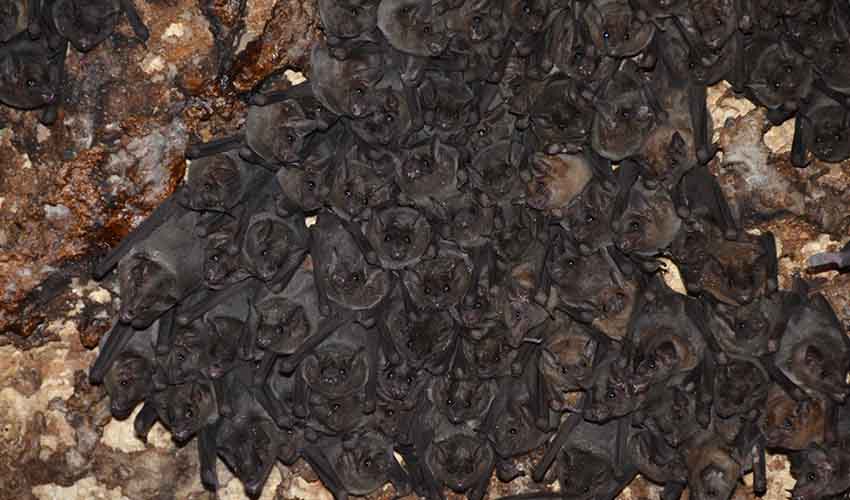Leptonycteris – Saussure’s long-nosed bats
Also called Mexican long-nosed bats, reside in deserts and pollinate cactuses
This genus comprises three species: the Southern long-nosed bat (Leptonycteris yerbabuenae), the Greater long-nosed bat (Leptonycteris nivalis), and the Lesser long-nosed bat (Leptonycteris yerbabuenae). These species are distinguished by their elongated snouts and reduced dentition, adaptations that facilitate their specialized feeding habits.
Leptonycteris bats are pivotal pollinators in their ecosystems, particularly of night-blooming cacti and agaves. These bats transfer pollen as they feed on the nectar of these plants, facilitating the reproduction of species that are otherwise unable to self-pollinate. This mutualistic relationship underscores the bats’ integral role in maintaining the health and diversity of their habitats. The agave plant, for example, is crucial for the production of tequila, highlighting the direct economic benefit of bat pollination to humans.
Moreover, Leptonycteris bats are migratory, undertaking extensive journeys in search of food. Their migration patterns are closely tied to the blooming periods of certain plants, demonstrating the intricate connections within ecosystems. These migrations can span hundreds of miles, with bats moving from their wintering grounds to summer habitats where food is more abundant. This behavior exemplifies the bats’ adaptability and vulnerability to environmental changes that could disrupt their food sources and migratory routes.
The conservation status of all three Leptonycteris species is a growing concern. They have been classified as Vulnerable or Endangered due to various threats, including habitat destruction, climate change, and human disturbances. The loss of roosting sites, particularly caves and mines, along with the removal of key flowering plants from their diet, poses significant risks to their populations. Additionally, migratory species face unique challenges, as they require conservation efforts across international borders to protect their migratory corridors and feeding grounds.
Species in this genus
Southern long-nosed bat
Loves to drink sweet nectar—just like a hummingbird!
Lesser long-nosed bat
The fact that they are critical pollinating agents for the blue agave plant (used to make tequila) saved them from the brink of being endangered



